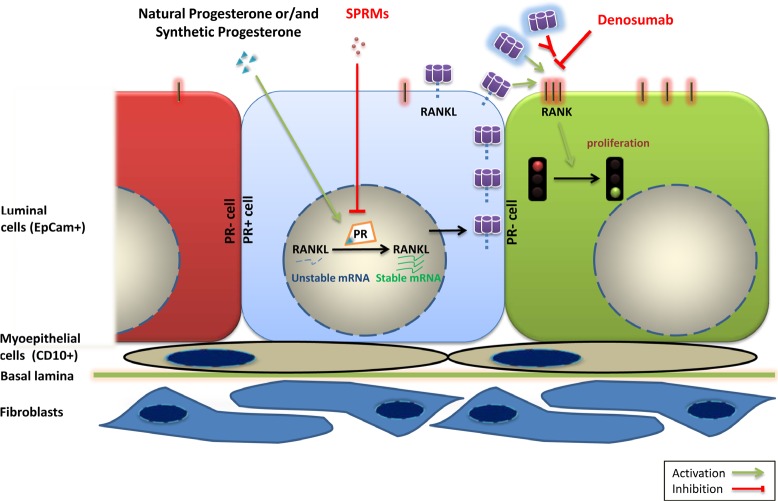Figure 1. Model of the PR/RANKL signaling axis in the human breast.
Activation of PR signaling by natural progesterone or progestins leads to increase in RANKL protein levels in PR positive luminal breast epithelial cells (central cell in light blue) mainly through stabilization of mRNA. RANKL protein binds to RANK receptor (depicted on the adjacent green cell to the right) and activates this pathway leading to cell proliferation. SPRMs and drugs that target RANKL pathway such as denosumab may hence inhibit breast cell proliferation. (PR: Progesterone Receptor, SPRM: Selective Progesterone Receptor Modulators, CD10: Cluster of Differentiation 10, EpCam: Epithelial Cell adhesion molecule, RANK: Receptor activator of nuclear factor kappaB, RANKL: Receptor activator of nuclear factor kappaB ligand).

